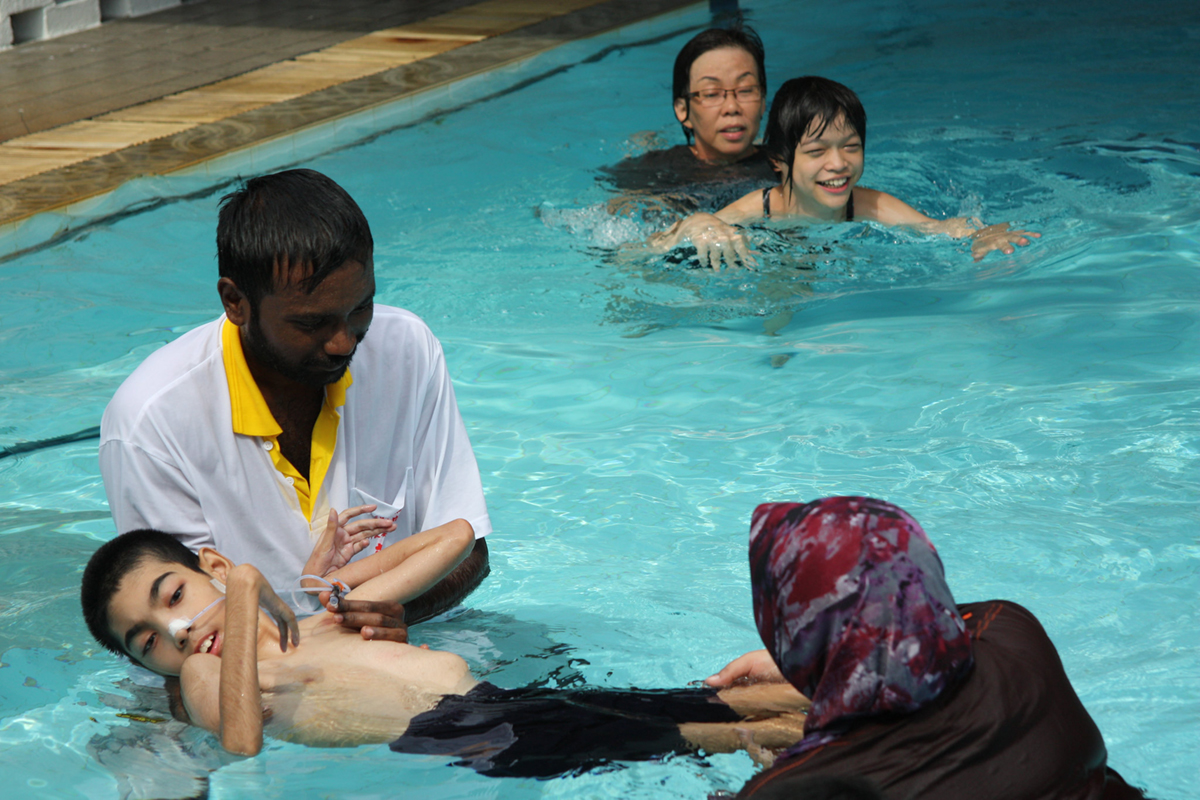Table of Contents
Cerebral palsy is not one condition but, in fact, a term that is used to describe a specific group of chronic conditions. These chronic conditions will affect the patient's body movements as well as muscle coordination. Cerebral palsy affects your brain and will occur in children. Children with cerebral palsy will often have trouble doing everyday things, like walking and other precise motions.
These conditions are all caused by the damage to one or more specific areas of the brain, and usually occur during the fetal development, but it can also happen during the first few months after the baby was born. The level of disorder can ranges from milder symptoms to very severe ones that can greatly impact a child's life. Physical symptoms of cerebral palsy are usually weakness and floppiness of the muscles or spasticity and rigidity in most cases, but cerebral palsy can, in some cases, also be accompanied with mental retardation or seizures.
The worst thing about cerebral palsy? This frightening condition has no cure at the moment. This means that depending on what part of the brain is affected, a child might not be able to walk, talk, eat, or play. Does that mean nothing can be done if your child has cerebral palsy? No. While there is no cure, there are several treatment options to help your child manage the symptoms, some of which have been shown to be pretty effect

Symptoms of cerebral palsy
Brain is a large organ and almost any part of it can be affected and thus children may experience a wide variety of signs and symptoms, ranging from mild to severe.
The most common are:
- Ataxia - this condition is characterized with a lack of muscle coordination when performing voluntary movements resulting in uncoordinated movements
- Spasticity, stiff muscles and exaggerated reflexes
- Plegia - Hemiplegia is cerebral palsy that involves one arm and one leg on the same side of the body, while diplegia primary involves both legs. Quadriplegia refers to a pattern involving all four extremities as well as trunk and neck muscles.
- Impaired walk caused by asymmetrical walking gait
- Variations in muscle tone, from too stiff to too floppy
- Excessive drooling or difficulties swallowing, sucking or speaking
- Tremors
- Abnormal sensation and perception
- Impairment of sight, hearing or speech
- Seizures
- Difficulty with precise motions
- Mental retardation - Some children with cerebral palsy have severe mental retardation, but others are extremely bright.
Types of cerebral palsy
There are three major types of cerebral palsy:
Spastic cerebral palsy
Most children with cerebral palsy have spastic cerebral palsy. This form of the condition causes muscles to stiffen, which makes movement difficult. It can affect both legs and that condition is called spastic diplegia. It is important to know that it can also affect one side of the body and in that case it is called spastic hemiplegia. In the most severe cases, all four limbs and the trunk are affected which is referred to spastic quadriplegia.
Athetotic cerebral palsy
About 10 to 20 percent of people with cerebral palsy have this form. It is also called an extra-pyramidal cerebral palsy. It affects the entire body and often causes uncontrolled, slow movements. It affects a kid's ability to control the muscles of the body. This means that the arms or legs that are affected by this condition may flutter and move suddenly.
Ataxic cerebral palsy
This is the least common of the major types of cerebral palsy. It primary affects balance and coordination.
That’s why kids with ataxic cerebral palsy look very unsteady and shaky. They often have very poor balance and may be very unsteady when they walk.
- www.gait.aidi.udel.edu
- www.mayoclinic.com/health/cerebral-palsy/DS00302
- Photo by shutterstock.com

